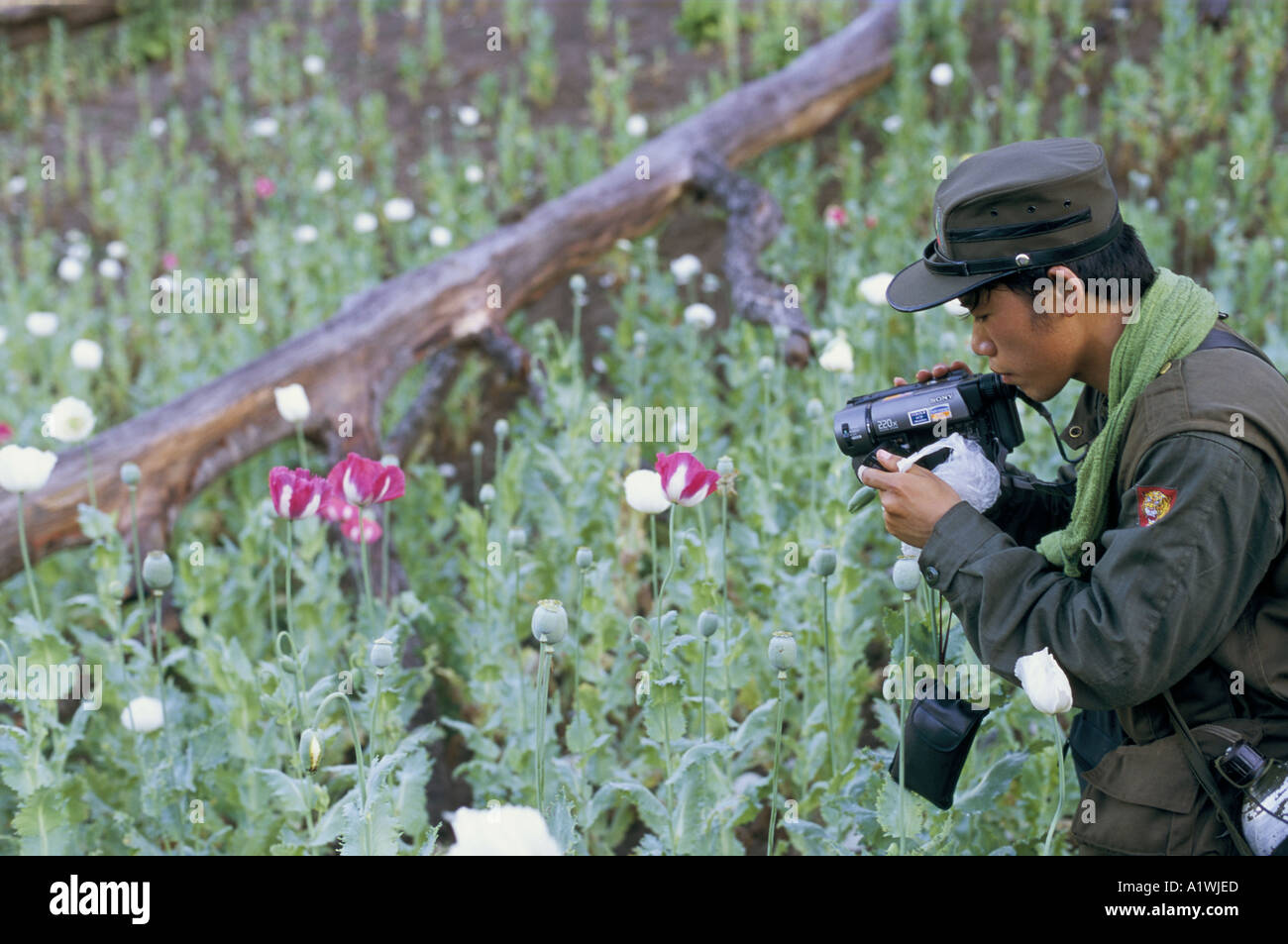“First thing I want to say is that I’m not a tourist,” this was
a great way to introduce yourself at the Yangon office of Myanmar Tourism and
Travel (MTT), an agency under the Ministry of Hotels and Tourism which is
responsible for granting travel permits to foreigners who are looking to visit
the hinterlands of Myanmar.
See, this country has had the longest ongoing civil war of any nation on Earth. Various ethnicities have been fighting for autonomy from the central government going back to the 1940’s. Even today, one reads about this or that battle between the Myanmar Army and such and such liberation front every week. It’s perhaps the biggest challenge this new democratically elected government under Aung San Suu Kyi faces, and there have been some baby steps towards brokering a lasting peace.
 |
| This is an old map from 2013. I've already been through many of the 'red zones' on this map without incident. |
As a consequence of this conflict, much of the country has been closed off to foreigners for decades. It’s a lot more open than it was even when I got here three years ago, but there are still areas which are deemed too dangerous to permit foreigners to go there. Parts of Shan State, the place I want to travel on my next motorcycle tour, are included in this forbidden zone. Now, most of the conflict is in northern Shan, and I wanted to travel in southern Shan, so I wasn’t that worried. Still, after being told by some that my trip took me onto roads foreigners weren’t allowed to travel, I decided today to visit MTT and enquire about permits, et cetera.
See, I had been told by a fairly reliable source that my Myanmar Drivers License was all the permit I needed. Short of actual war zones, I could go anywhere I wanted. I explained this assumption of mine to the nice lady behind the desk there at MTT. I showed her my proposed route, explaining how I wanted to go various places and that I was concerned about the road from Hsipaw of Kengtung.
“No, you don’t want to go on that road,” she told me, “it is a very bad road with so many trucks. It’s narrow and you can’t overtake them.”
Okay, my question wasn’t about road conditions. I’ve been on a lot of bad roads here in SE Asia; I can handle anything. So I explained that I wasn’t worried so much about that, instead I wanted to know about whether I was allowed on the road at all and whether or not this story I’d heard about my DL was true.
“Tourists cannot go on that road even in a car with a tour
guide,” she explained, “but you are not a tourist, as you said, and since your
drivers license isn’t part of my ministry, it’s part of the ministry of
transportation, I can’t tell you anything about that.”
Huh. Well. Typical bureaucratic “it’s not my department” stuff. Anyways, I couldn’t get a straight answer from her about whether or not I’m allowed on the road or not. She kept telling me not to even try it, but it sounded more like advice than prohibition.
“You should be glad you came to me,” she continued, “different people will tell you different things about what is allowed and what isn’t.” Yeah, lady, you’re right, and you told me you weren’t sure.
 | |
| Shan militiaman and opium poppies |
When it comes down to it, whether or not I’ll be allowed to
go there at all will seemingly depend on the mood and mindset of whoever is in
control of whatever road checkpoint I’ll undoubtedly be stopped at. If they
tell me I can’t continue, fine. I’ll turn around go somewhere else. Myanmar is
a big country and I’ve just started exploring it.




You better be real careful on this one, Joko!
ReplyDeleteAmericans make great hostages. Be very careful.
ReplyDelete